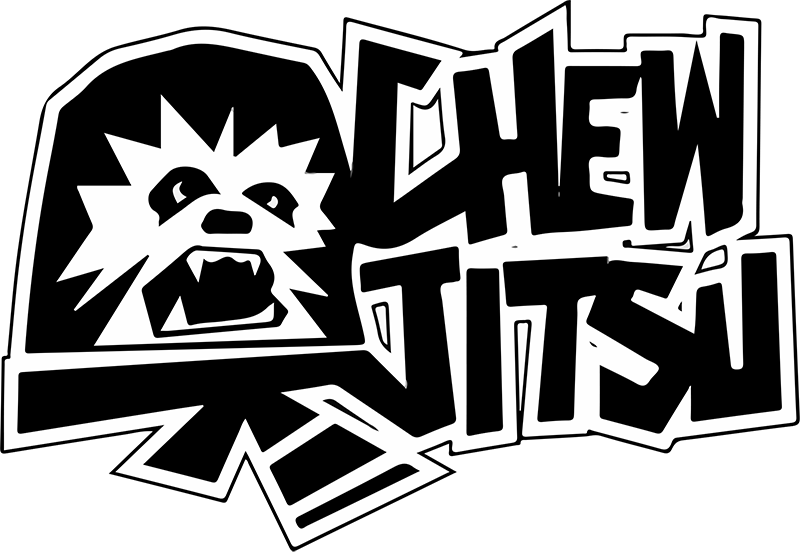7 methods to drilling and adding new techniques to your BJJ (Part 4)
Alright, now that the Pans are over and I am ready to continue on in this series. In this post we will talk about training with a less skilled partner and how to make the most of it in regards to further developing our technique. When rolling with a person who is less skilled than you, what should you do? Should you beat them mercilessly over and over again or play around with different techniques you’re improving? Well. . . both. There is always going to be a need for the people under you to feel the pressure and to be pushed by a more experienced BJJ player. This helps shed light on weaknesses in their game that you are able to exploit. During hard competition training sessions where the environment has to be tough to prepare someone for a match this is also helpful. However, it is also beneficial to work on specific techniques and in essence use your less experienced partners as active drilling partners. This is the style of training we will focus on for this post since this series is about developing new techniques for your game. We will call this Restrictive Rolling. Again I will stress, I am not writing about anything that is ground breaking. Instead this series is just reminding you of ways that you can train deliberately and with a purpose.
Restrictive rolling against lesser skilled training partners
When trying to develop techniques and build them up, every bit of exposure with the moves and position is huge. Each successful or failed use of a technique inches you closer to mastering it. With this in mind I find it valuable to use people that I exceed in experience as active drilling partners, a sort of testing ground for new techniques.
I’ll explain what I mean.
I am a black belt and if I roll with . . . let’s say. . . a blue belt. I can certainly put the “brakes” on their movements and grind them with pressure till I submit them. Over and over and over again. Now like I said previously, this is sometimes necessary but certainly not always. I find it mutually beneficial when I work towards very specific movements and techniques and at the same time giving my partner a chance to attempt something. For example, if I am working on getting to back mount. I will fight furiously to find a way to my partners back. I will avoid finishing them in any other position even if the opportunity is there to get to the back. Once I get to the back I will let them escape so that I can find a way to regain the back position again. This allows for my lower belted training partner chances to attack and practice their escapes. Another example is I will let my partner pass my guard and get to a dominant position. I will make them fight for it but eventually (as long as their technique is good) I will let them pass my guard. Once they have secured a good position I will them work my way out of it. These are just two examples but obviously you can do with this almost any situation or technique.
The difference of restrictive rolling opposed to situational rolling which we talked about earlier, is that you do this during full rolls where everything is fair game. This has the potential to make it more difficult to get to the desired positions and use the techniques. Since during a full roll, your partner may not give you the necessary openings you need for your techniques. While this is more difficult it has the ability to make you better at finding your way to the positions. Essentially as the name implies, you are restricting yourself to a very specific group of techniques or positions regardless of what your opponent does.
Benefits of Restrictive Rolling with people less skilled than yourself
- Allows the lower belt to work with techniques as well, rather than getting smashed the whole time.
- Gives you more exposure on the techniques you’re perfecting in a live setting.
- Since your partner is less skilled than yourself, it allows you to mentally relax in unfamiliar positions you’re working on.
- Helps you find new ways to get the same techniques or positions.
- If you are a higher belt or in an instructing position, it allows you to see possible weaknesses the lower belt has. Which you can give them advice on.
So the next time you are rolling with someone whom you know you can beat. Give them a break and help yourself improve. Throw your “A game” and ego to the side for a bit and try and play with techniques that you are either not as experienced with or still perfecting. The partners will appreciate the ability to work on things and you will gain valuable experience with the moves you’re implementing into your game.

